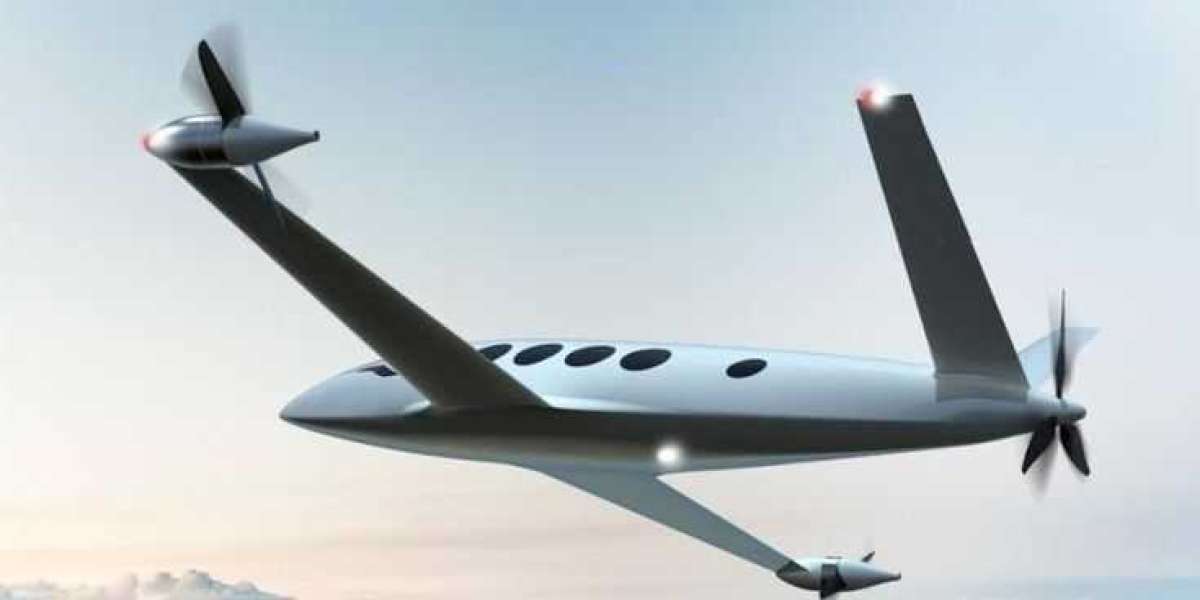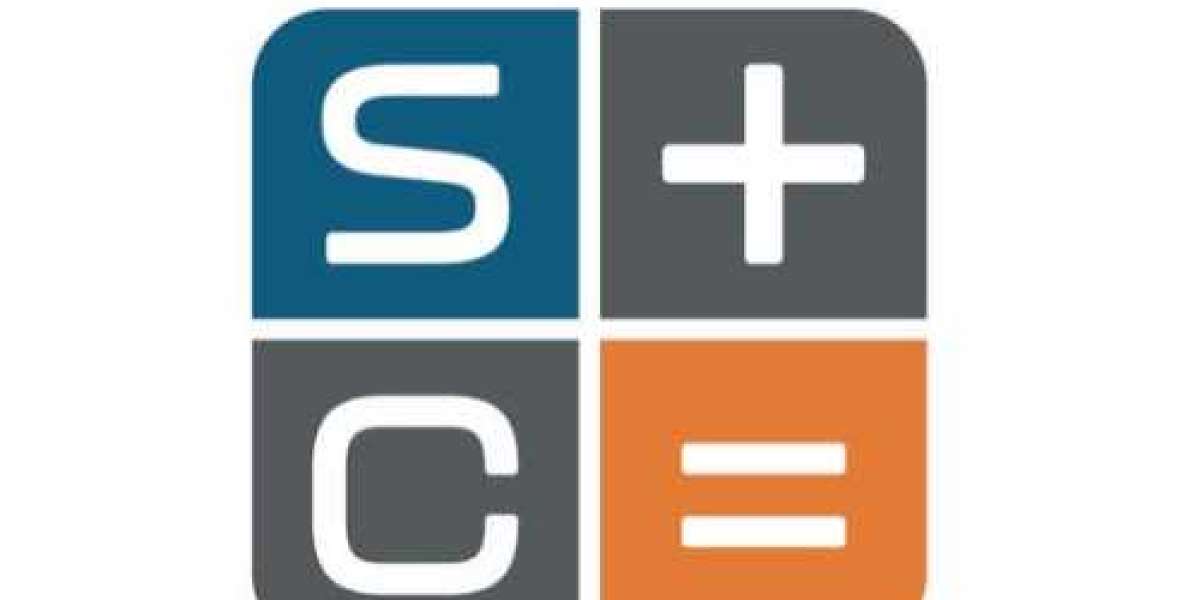History of Electric Flight
Early experiments in electric flight can be traced back to the late 1880s. Pioneers like Thomas Edison and Alexander Graham Bell were among the first to experiment with electric motors for aircraft propulsion. However, battery technology at the time could not support sustained powered flight. It wasn't until the 1970s that man first achieved true electric flight. In 1975, a pedal-powered helicopter designed by Don Blair and Jim McKay at Sinclair Radionics flew for 20 minutes on a single charge. Since then, advances in battery and electric motor technology have supported gradual progress toward viable electric aircraft.
Battery Technology Enabling Electric Flight
Electric Aircraft have become the dominant technology powering today's consumer electronics like smartphones and laptops due to their high energy density. This same chemistry is now enabling electric aircraft to become a reality. Compared to early battery technologies, lithium-ion batteries can store significantly more energy per unit of weight. The higher energy density of lithium-ion batteries allows electric aircraft designs to devote less weight to batteries and more to passenger and cargo capacities. Continuous improvements in lithium-ion battery performance, such as higher lifetime cycle counts and faster charging capabilities, are supporting its development programs around the world.
Electric Airplane Developments
Several companies are actively working on all-electric and hybrid-electric airplane designs. Eviation Aircraft unveiled the Alice commuter plane, which can carry nine passengers up to 650 miles on a single charge. The plane is targeting short-hop commuter routes of under 100 miles. Another company, Ampaire, is developing hybrid-electric conversions of existing Cessna aircraft through a program called "Electric Eel". These hybrid designs combine an electric motor with a small gasoline engine acting as a generator. Pipistrel Aircraft recently flew its two-seat Virus ePlane successfully using just battery power. These pioneering designs aim to prove electric propulsion as viable for small aircraft and help drive certification standards.
Get More Insights on- Electric Aircraft














